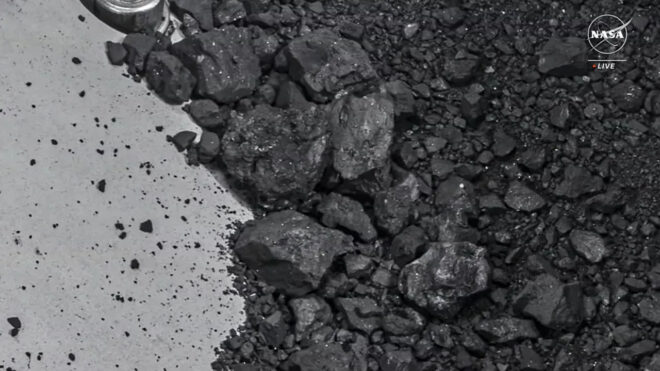United States National Aeronautics and Space Administration NASA, OSIRIS-REx achieved a historical success through had thrown.
Just a brief summary for those who missed it. NASA developed by OSIRIS-REx The spacecraft has been in existence for exactly 2 years and 2 months in recent years (nearly 2 billion kilometers) asteroid after a trip bennuHe had reached . in 2016 Atlas v rocket thrown with OSIRIS-REx, “Bennu” In the research conducted on water molecules He made a big impact with his discovery. Bennu OSIRIS-REx closely examined with the advanced cameras, infrared spectrometer and thermal emission spectrometer on the NASAalso managed to collect real samples from Bennu with its advanced spacecraft. NASA, He announced that OSIRIS-REx would bring the samples collected from the asteroid back to Earth in September 2023, and The historical goal in that regard was achieved without any problems. Samples from Bennu reached Earth without any problems on September 25. After this stage, the vehicle itself bennuSamples collected from were examined, It has just been announced that the samples taken from the 4.5 billion-year-old asteroid contain not only “carbon” but also “water” (in the internal structure). Speaking about the issue, NASA Administrator Bill Nelson said, “OSIRIS-REx samples are among the most carbon-rich samples ever returned to Earth and will help scientists investigate the origins of life on our planet.” said. Research on these samples will of course continue, and more details, especially about water, will be given in the coming days.
YOU MAY BE INTERESTED IN
In a statement made by NASA last year, Bennu It was reported that the particles forming the outer structure were much looser than expected.. The institution thinks that walking on Bennu would be like walking in a pool full of plastic balls prepared for children, and this looks really interesting. NASA even states the following on this subject: “The spacecraft would have sunk at Bennu if it had not fired its thrusters immediately after collecting the necessary samples from the asteroid’s surface.” In this respect, facing the risk of leaving OSIRIS-REx on Bennu, NASA was eagerly waiting for the real samples to come from the spacecraft.
